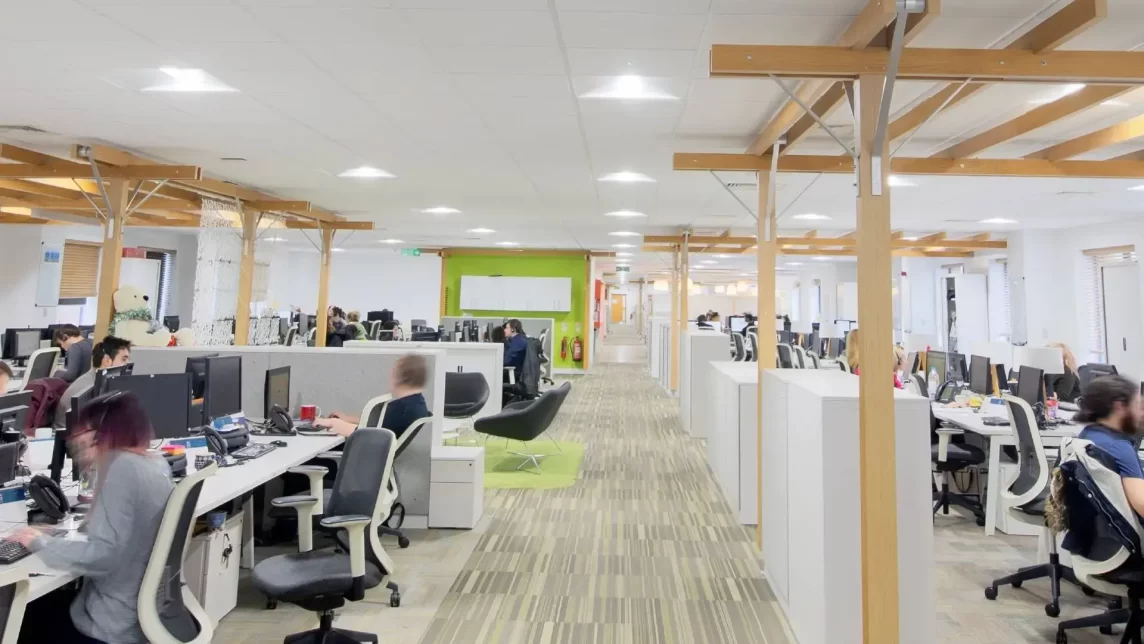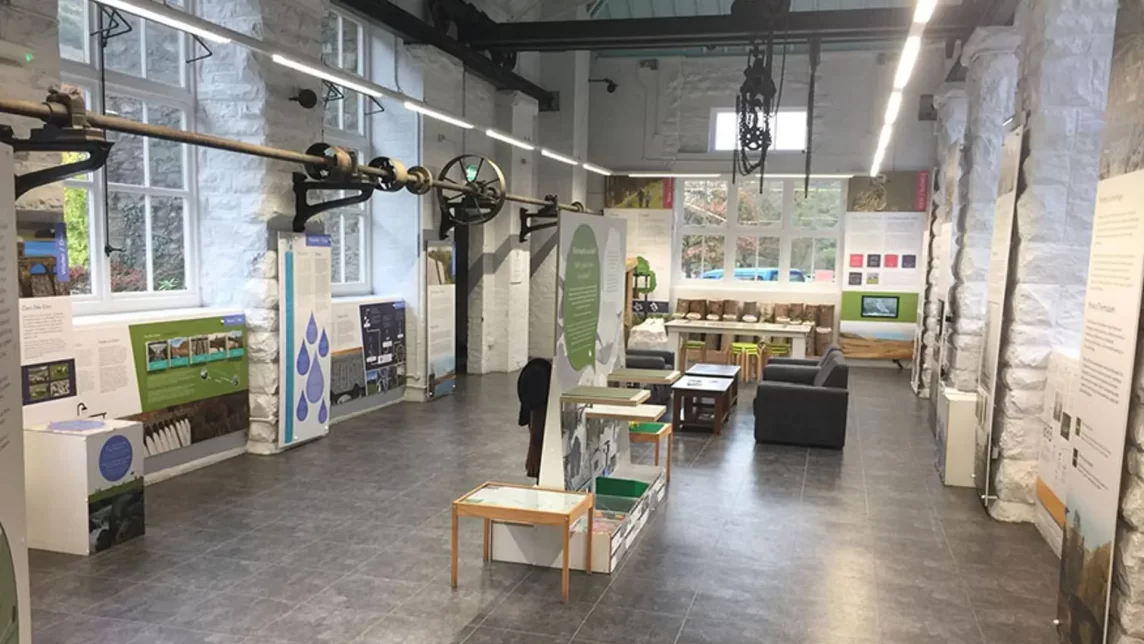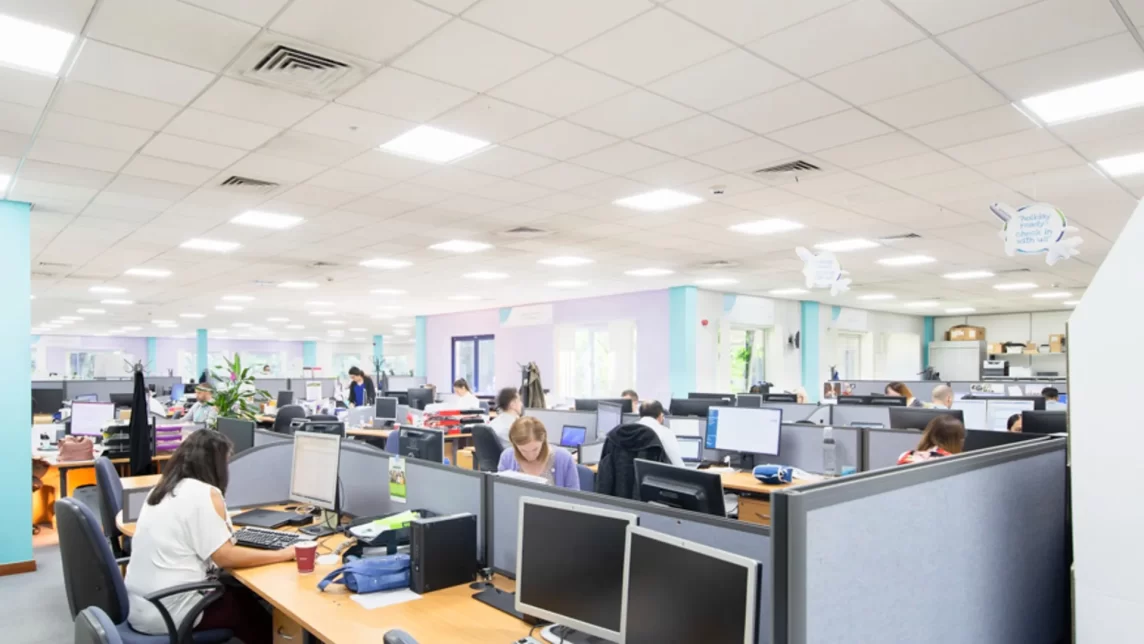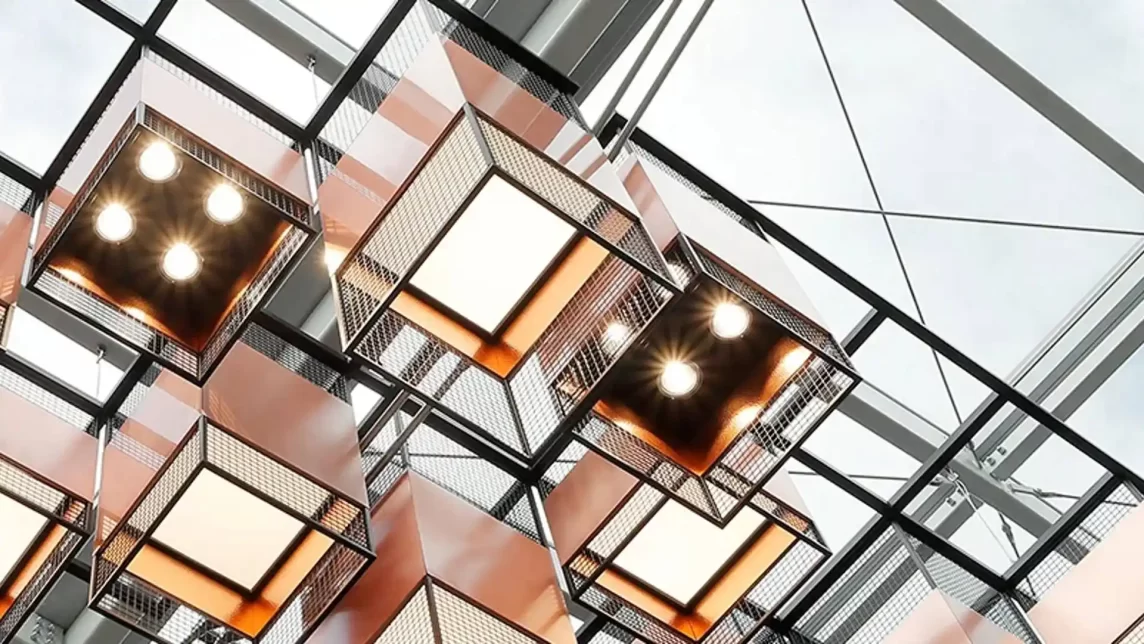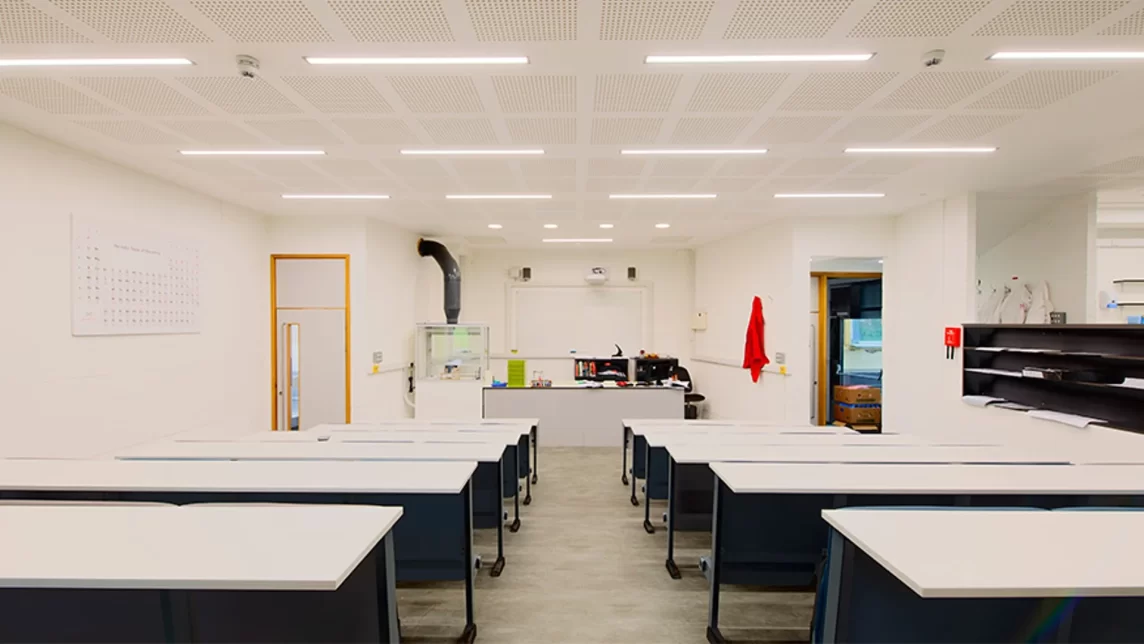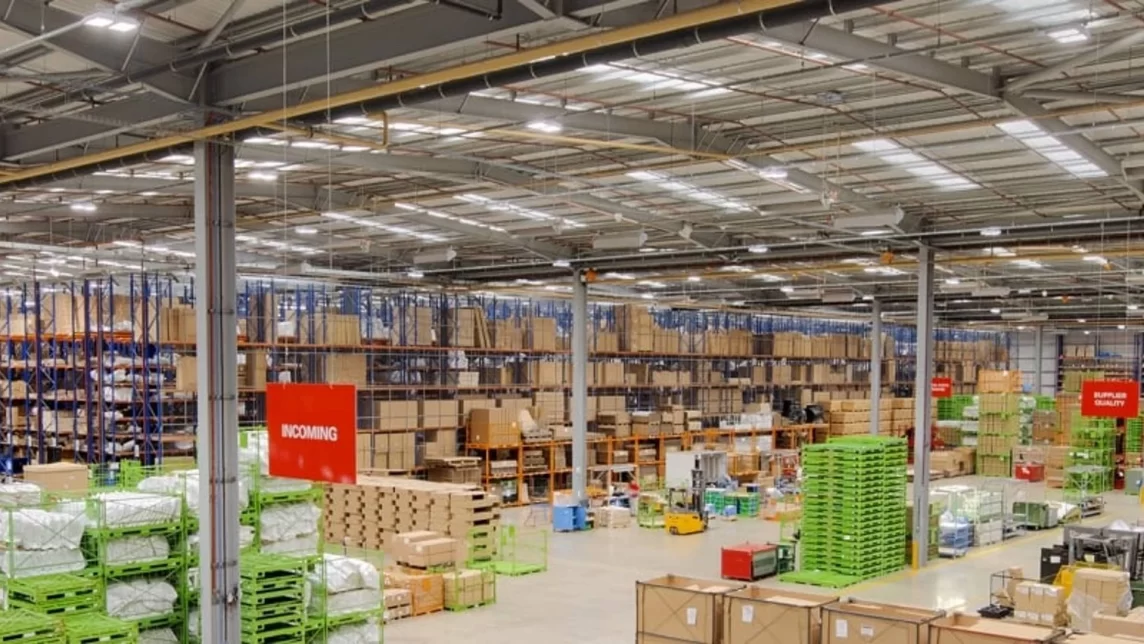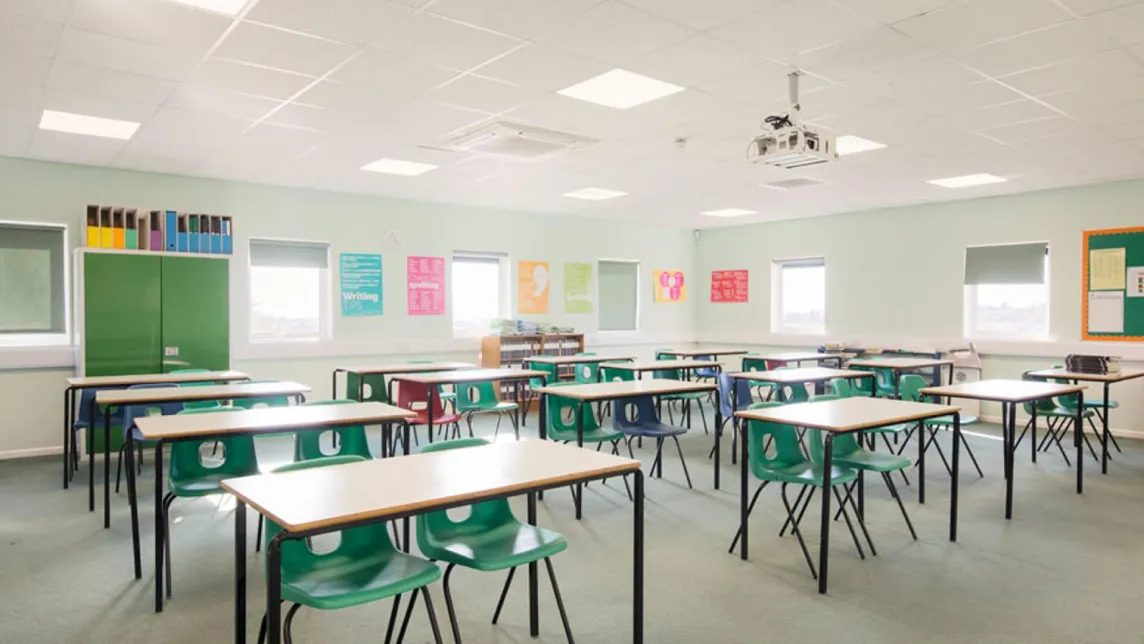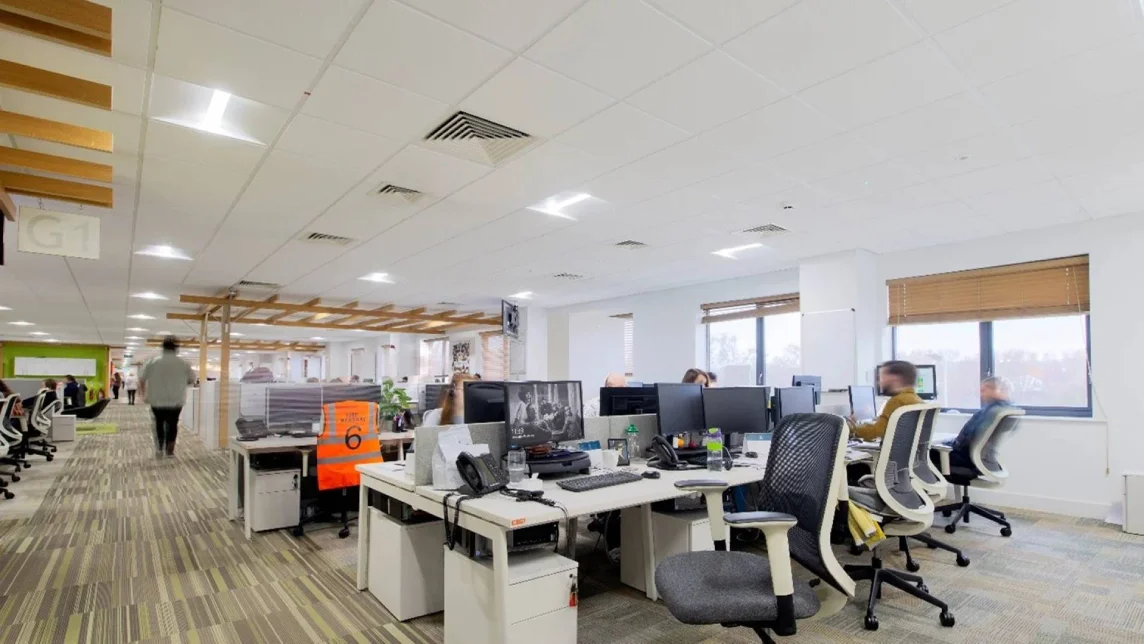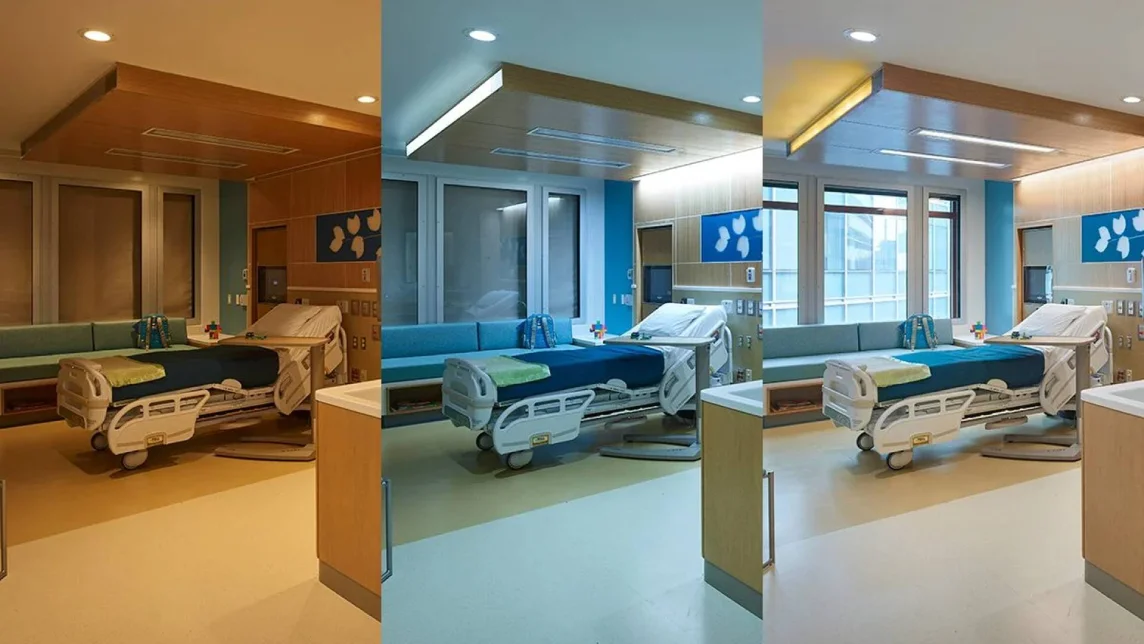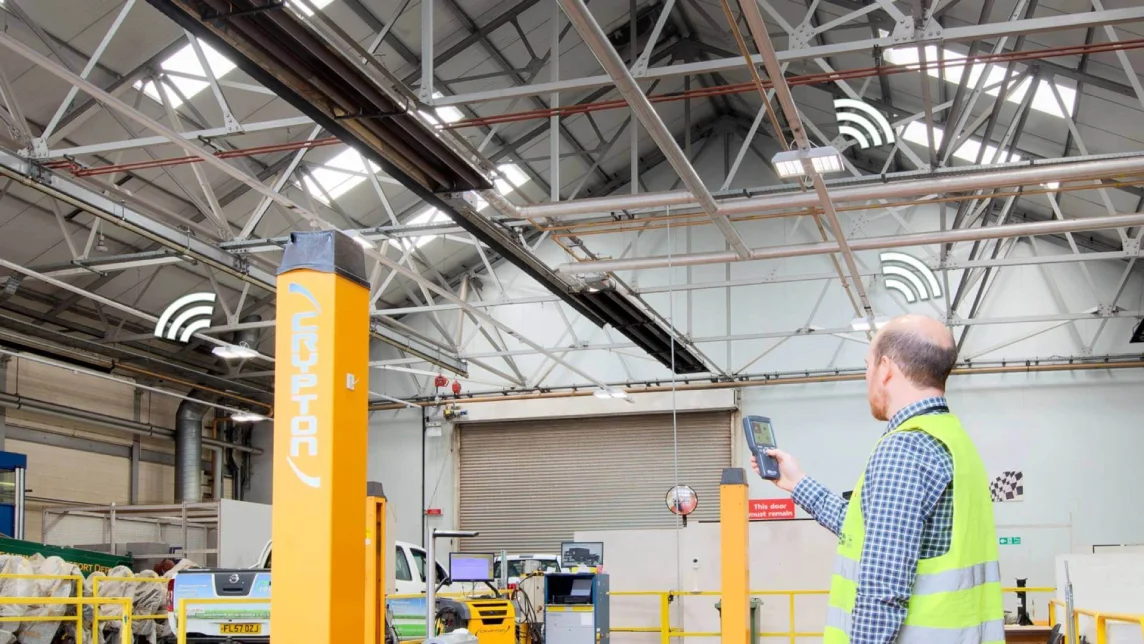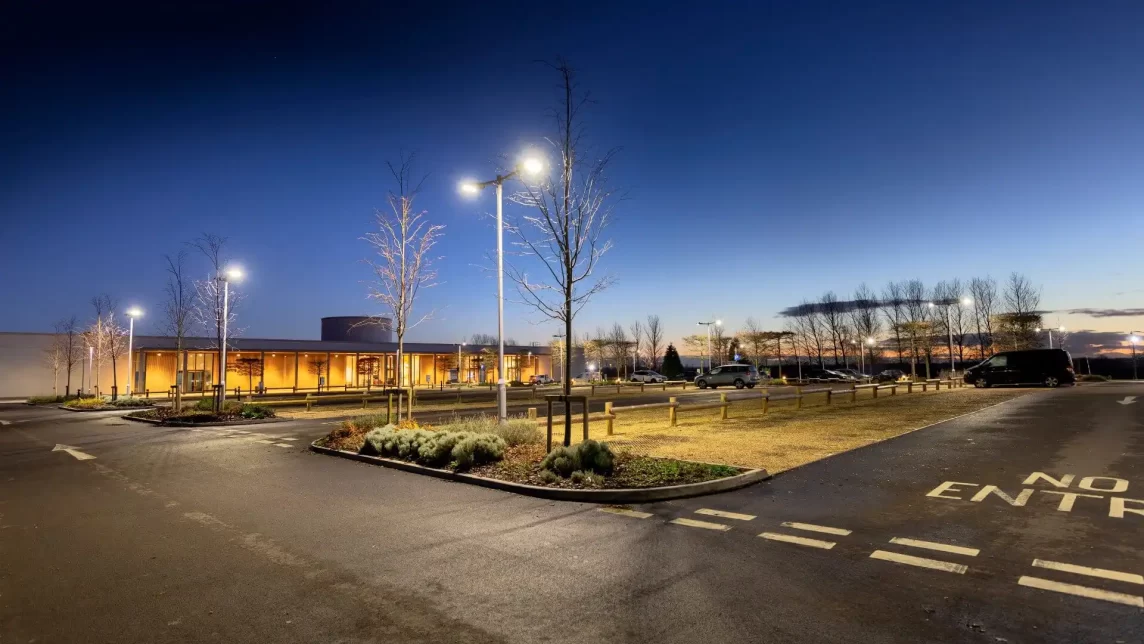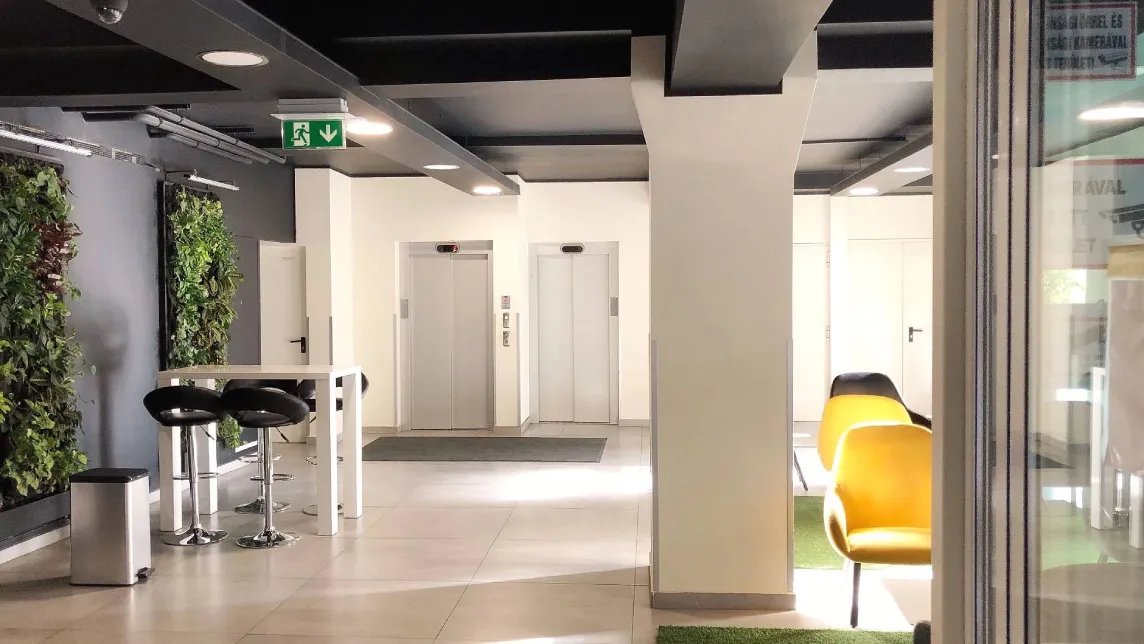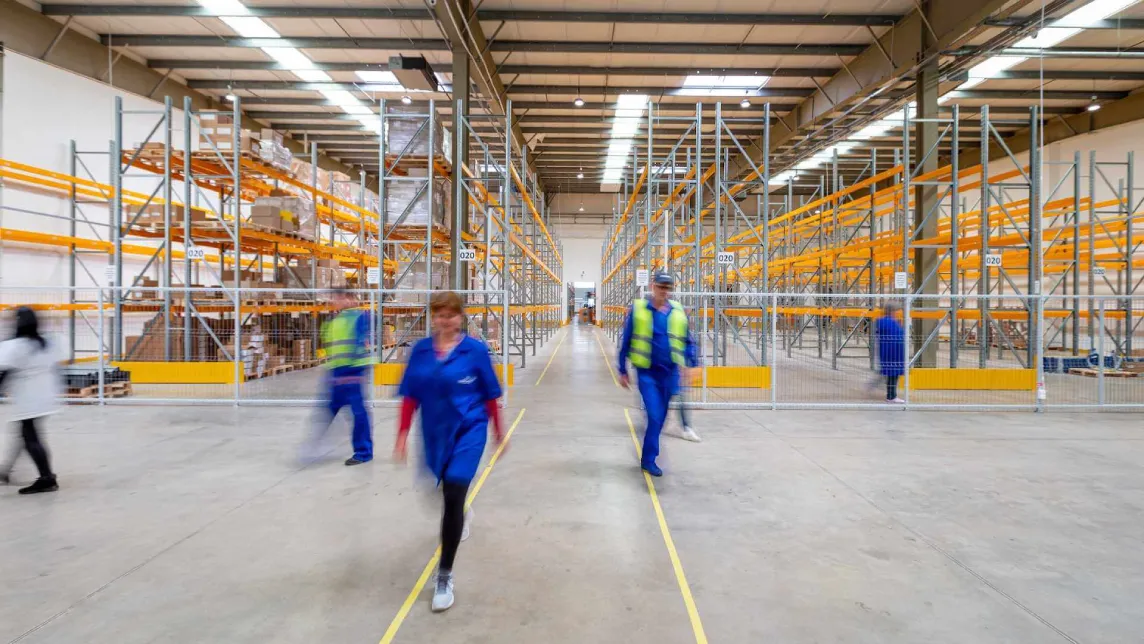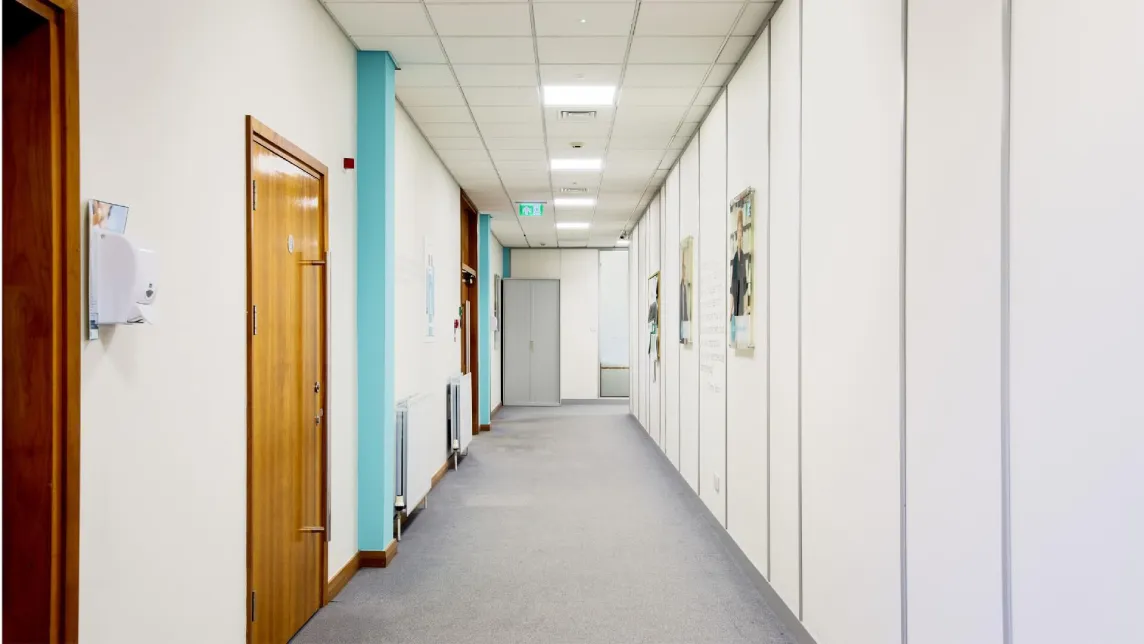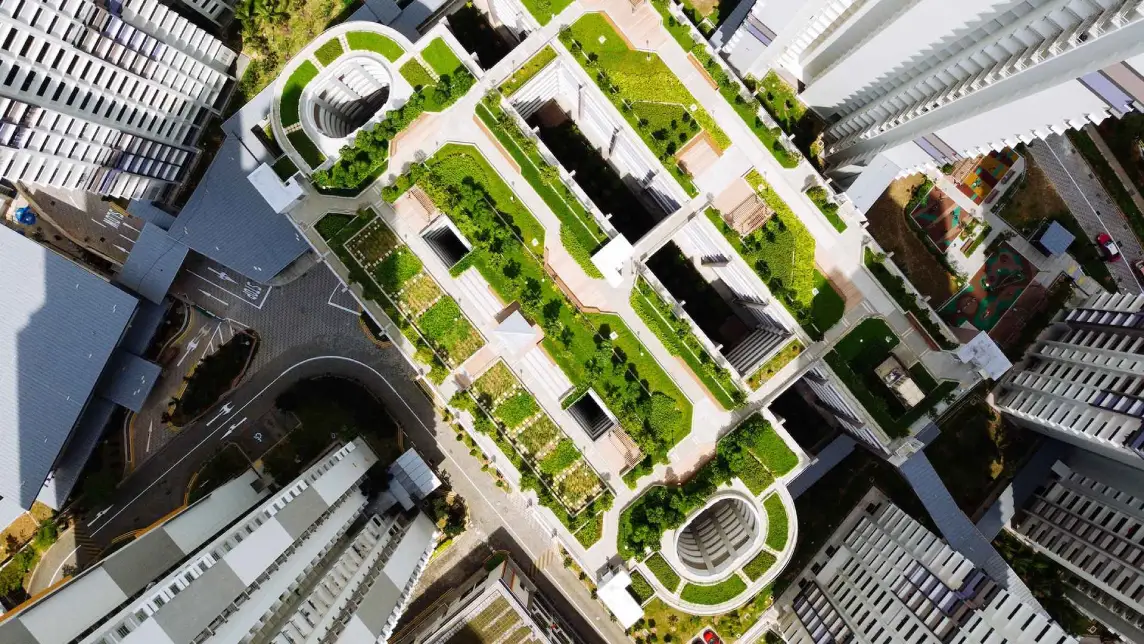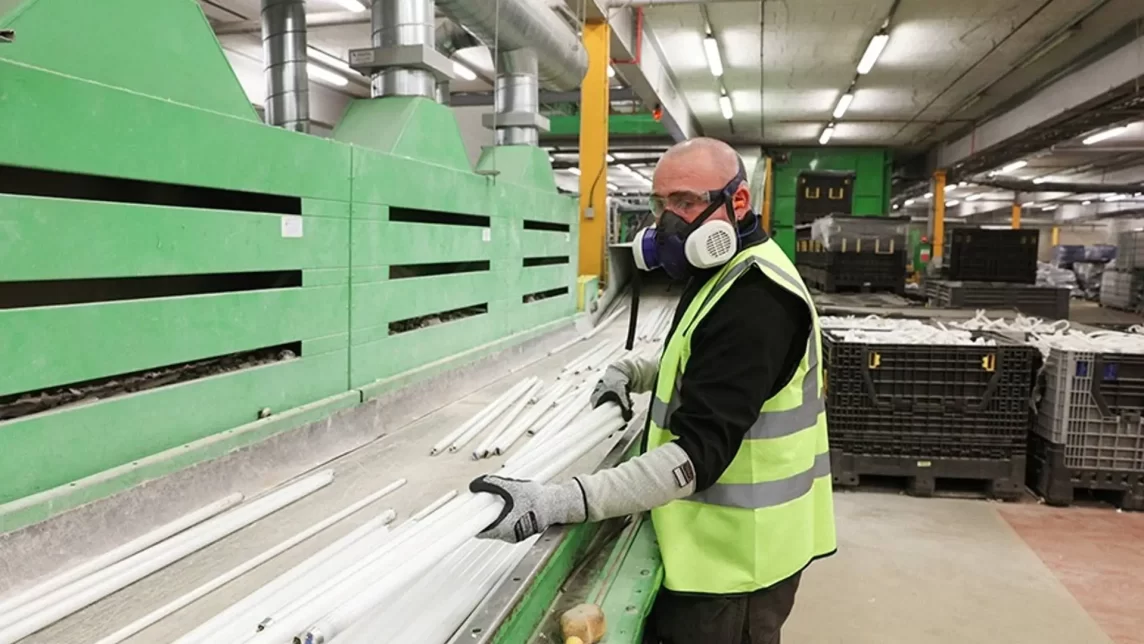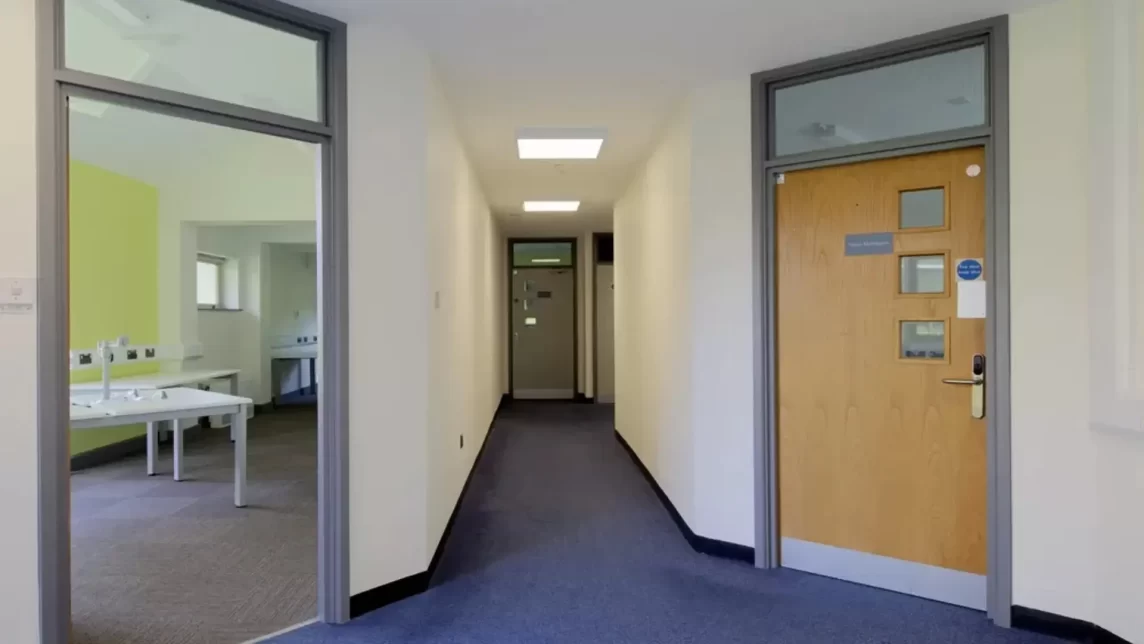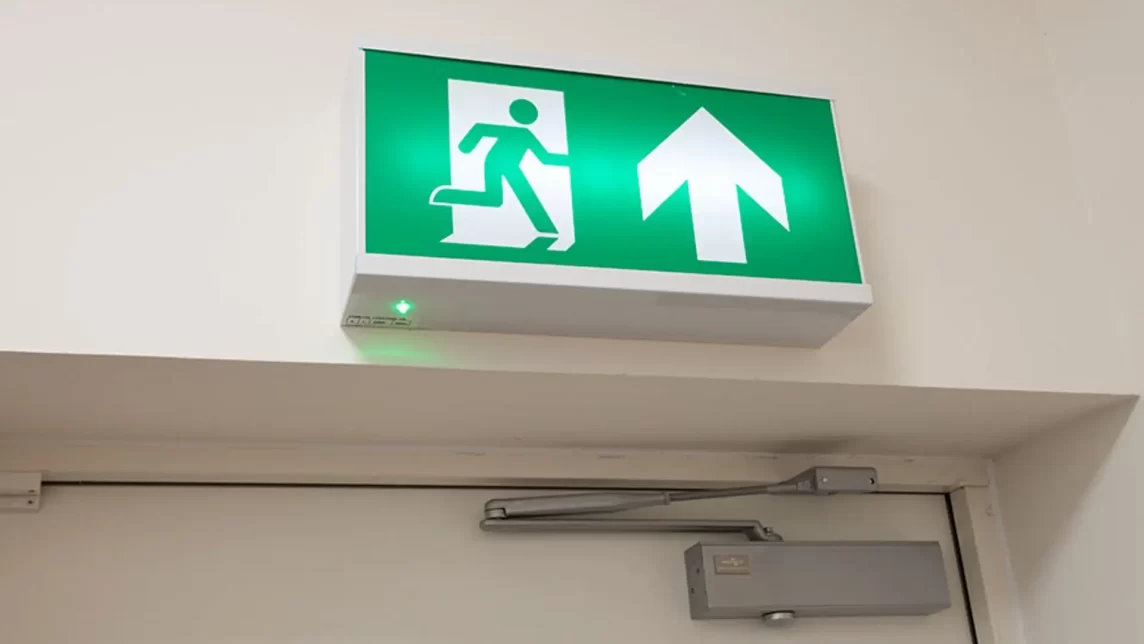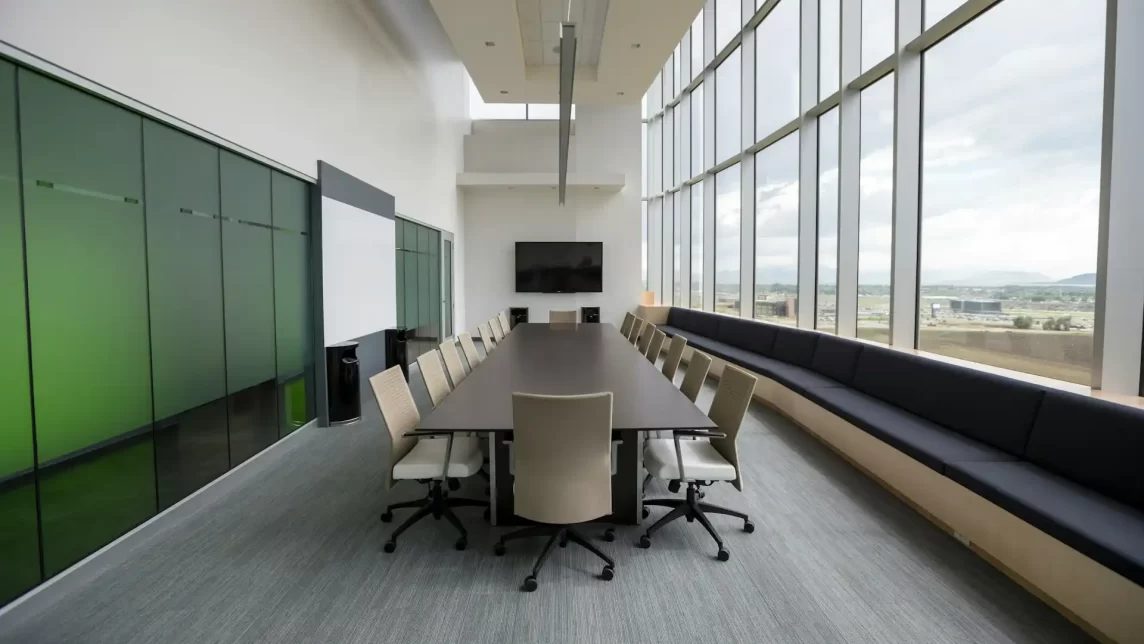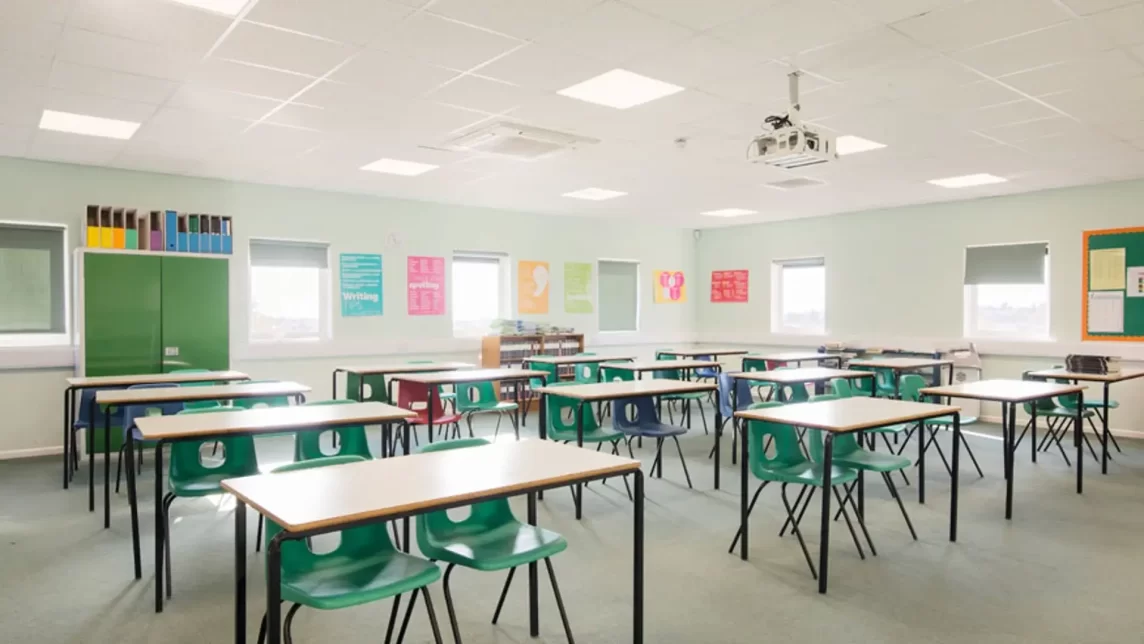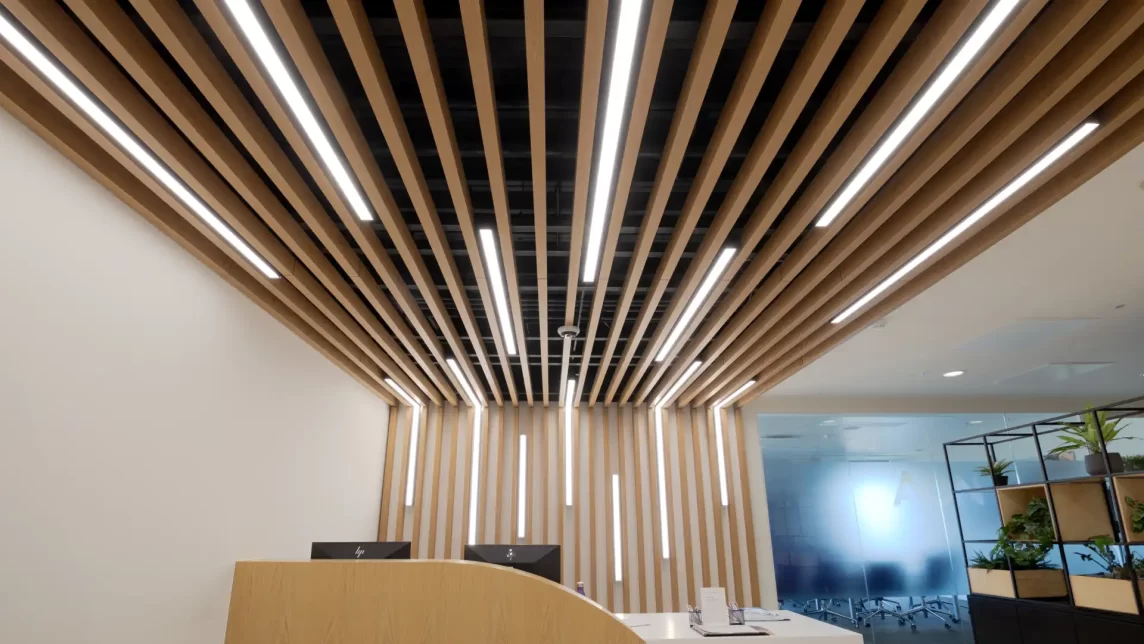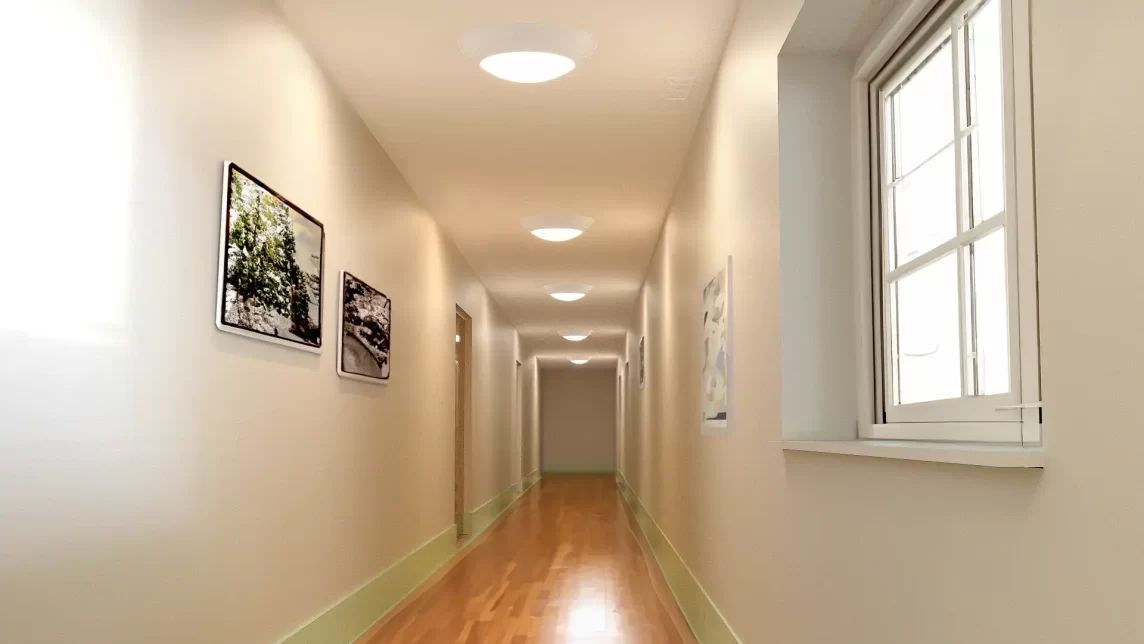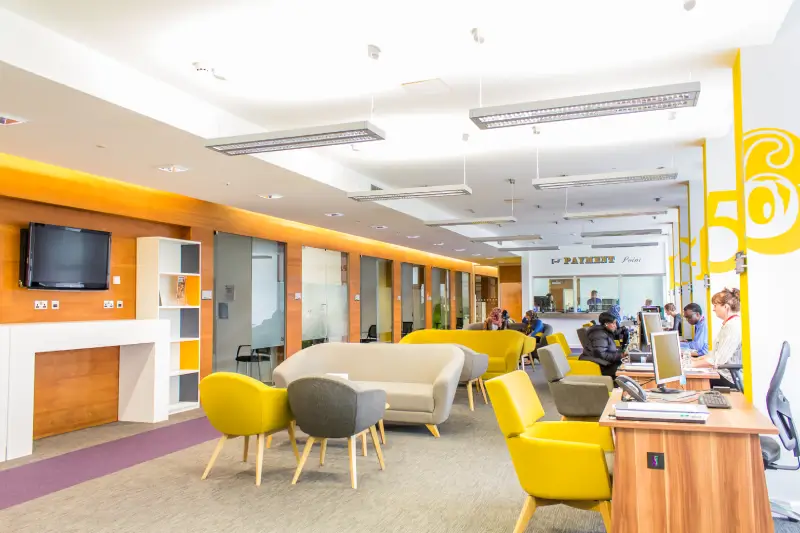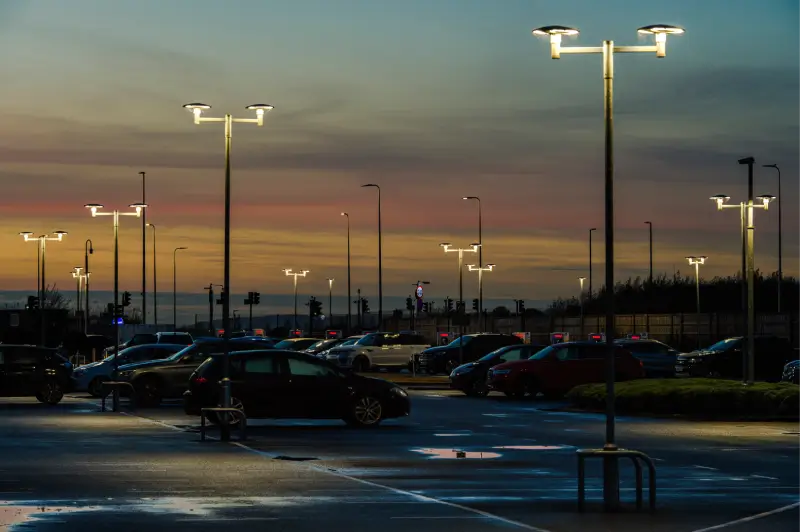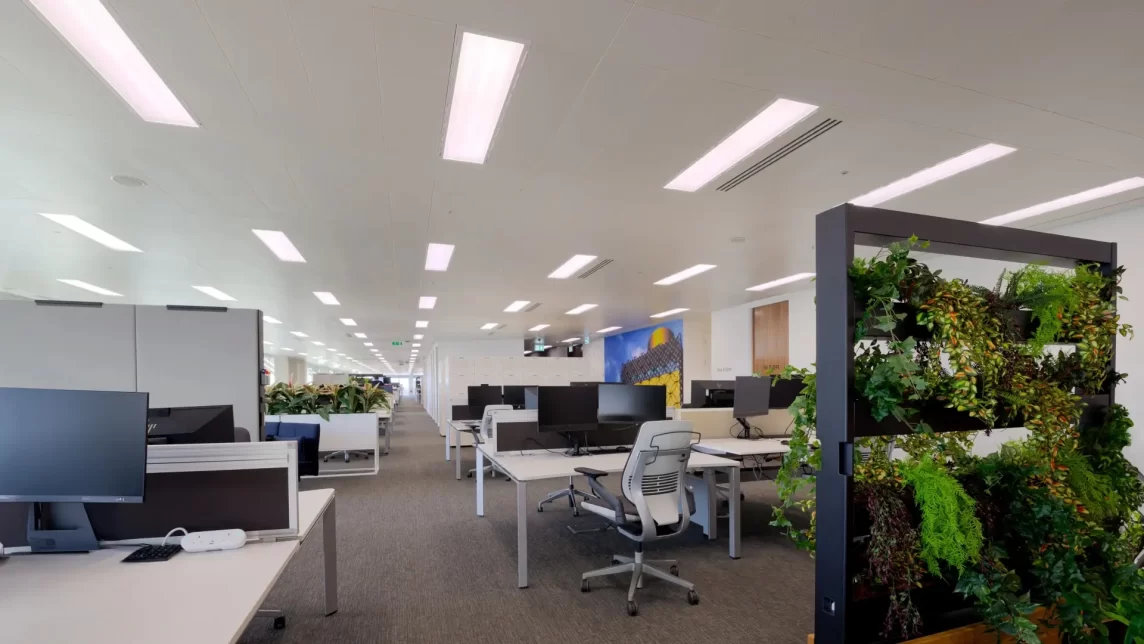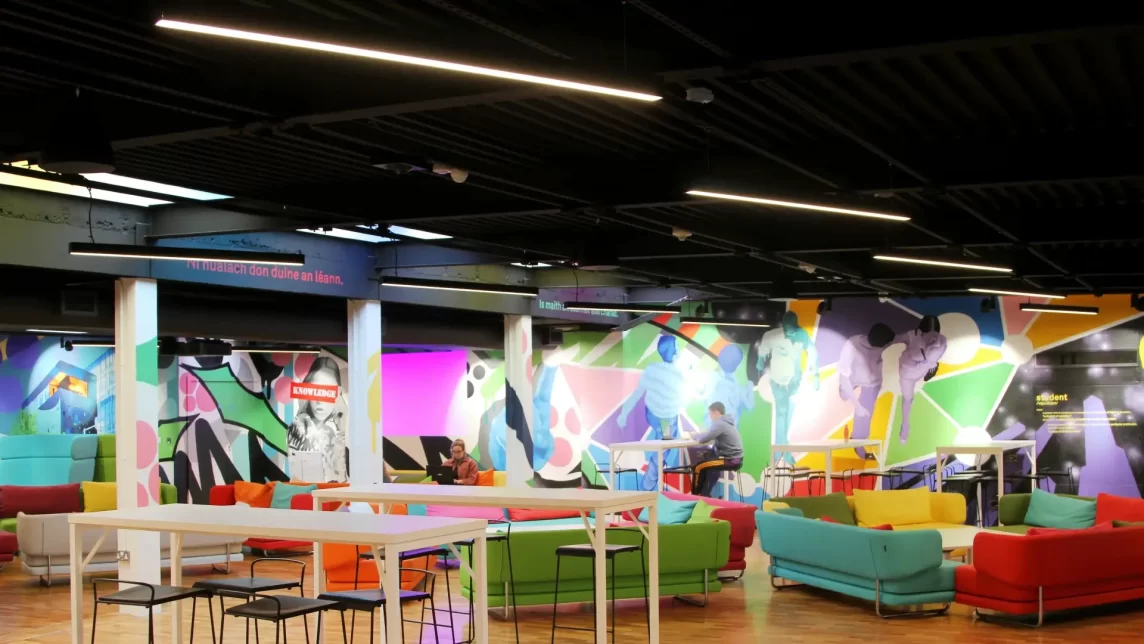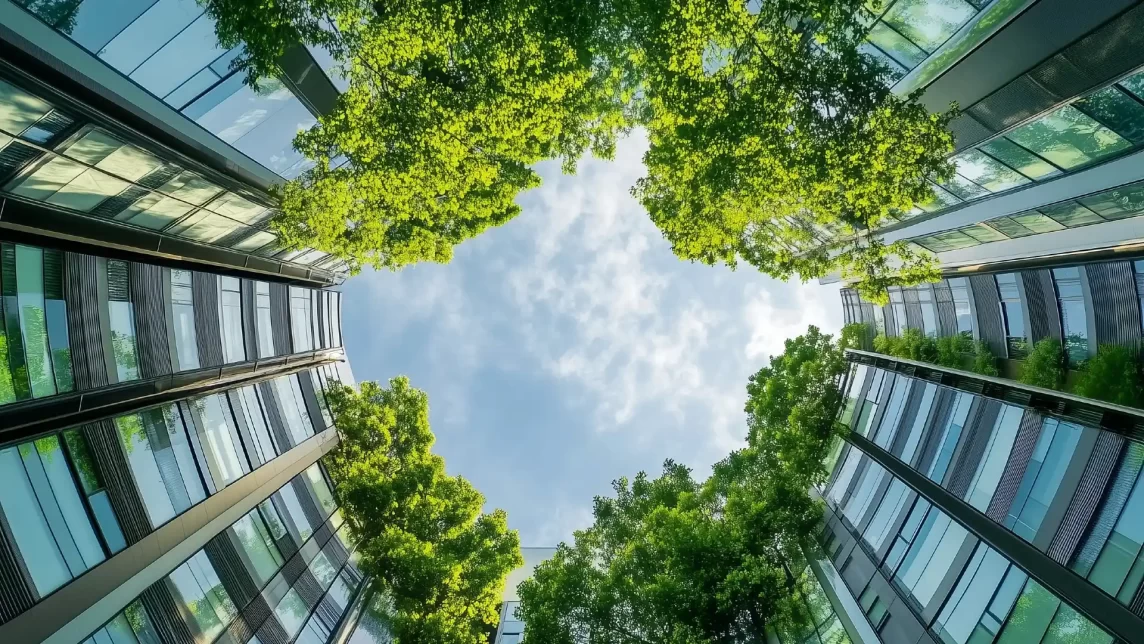
LED lighting is a key tool for promoting sustainability on college and university campuses. From boosting operational energy efficiency to enhancing the classroom environment and supporting wellbeing, LEDs are a relatively inexpensive solution that delivers multiple benefits to further and higher education (FE and HE) establishments.
Furthermore, the use of LEDs enables universities and colleges to reduce their carbon footprint, helping to enhance their reputation for sustainability leadership and driving change for a better future.
Below, we answer five frequently asked questions to explain how LED lighting systems deliver these results on campus.
1. How do LEDs improve Campus Energy Efficiency and Reduce Carbon Footprint?
LED technology is significantly more energy-efficient, using up to 75% less energy and lasting up to 25 times longer than incandescent lighting, according to the Energy Saving Trust.
For universities and colleges, which operate extensive networks of buildings, this energy efficiency translates into a substantial reduction in electricity consumption.
By switching to LED lighting and achieving these energy savings, universities and colleges can lower their carbon emissions. This is particularly important as many institutions have committed to ambitious sustainability goals, including carbon neutrality.
For example, over 90 FE and HE institutions in the UK have pledged to the international Race to Zero initiative, which requires creating and implementing, a carbon reduction plan.
2. How do LEDs Create Financial Savings for FE and HE Institutions?
The financial benefits of LED lighting are compelling. Reduced energy consumption leads to lower utility bills, and the extended lifespan of LEDs results in decreased maintenance and replacement costs. Over time, these savings can be redirected to other critical areas, such as academic programmes, research initiatives, or further sustainability projects.
3. How do LEDs Improve Learning Environments?
Studies have shown that LED lighting can improve concentration, mood, and overall wellbeing. LEDs provide better quality light that is closer to natural sunlight, which reduces eye strain and fatigue, creating a more comfortable and productive atmosphere for both students and staff.
Additionally, LEDs can be easily integrated with smart lighting systems that allow for customisable lighting settings. This flexibility means lighting can be adjusted based on the time of day, specific activities, or individual preferences, further enhancing the learning and working conditions within educational institutions.
4. Why is LED lighting Useful for Sustainability Education?
By adopting LED lighting, universities can use their own campuses as ‘living laboratories’ to educate students about sustainability practices. This practical demonstration of energy-efficient technology supports theoretical learning by providing a tangible example of how sustainable practices can be implemented in real-world settings.
Many institutions incorporate sustainability into their curricula, and visible, on-campus sustainability initiatives like LED lighting retrofits offers students hands-on learning opportunities. For example, students in environmental science or engineering programmes can study the impacts of these changes, from energy savings to reductions in carbon emissions.
5. What Role Does LED Lighting Play in Enhancing Institutional Reputation?
Prospective students and staff increasingly consider an institution’s commitment to sustainability when deciding where to study or work. By adopting LED lighting and other green initiatives, universities signal their dedication to environmental stewardship and sustainability leadership.
Sustainability efforts, which include extensive use of LED lighting, help position institutions as leaders in the global movement towards sustainability and support wider Environmental Social and Governance (ESG) goals.
By reducing energy consumption, lowering carbon footprints, enhancing learning environments, and supporting sustainability education, LED lighting represents a relatively affordable and highly effective tool, for promoting a more sustainable future on campus.
- Tamlite offers a full range of products for the education sector designed with occupant wellbeing, sustainability and performance in mind. The products in this range can be retrofitted to existing lighting systems and includes luminaries specifically tailored to meet the specific lighting needs of sports halls, corridors, lecture theatres, classrooms and reception areas.
- For further information about our products for the education sector, please visit our website.




